Author: Eric Huntsman
-
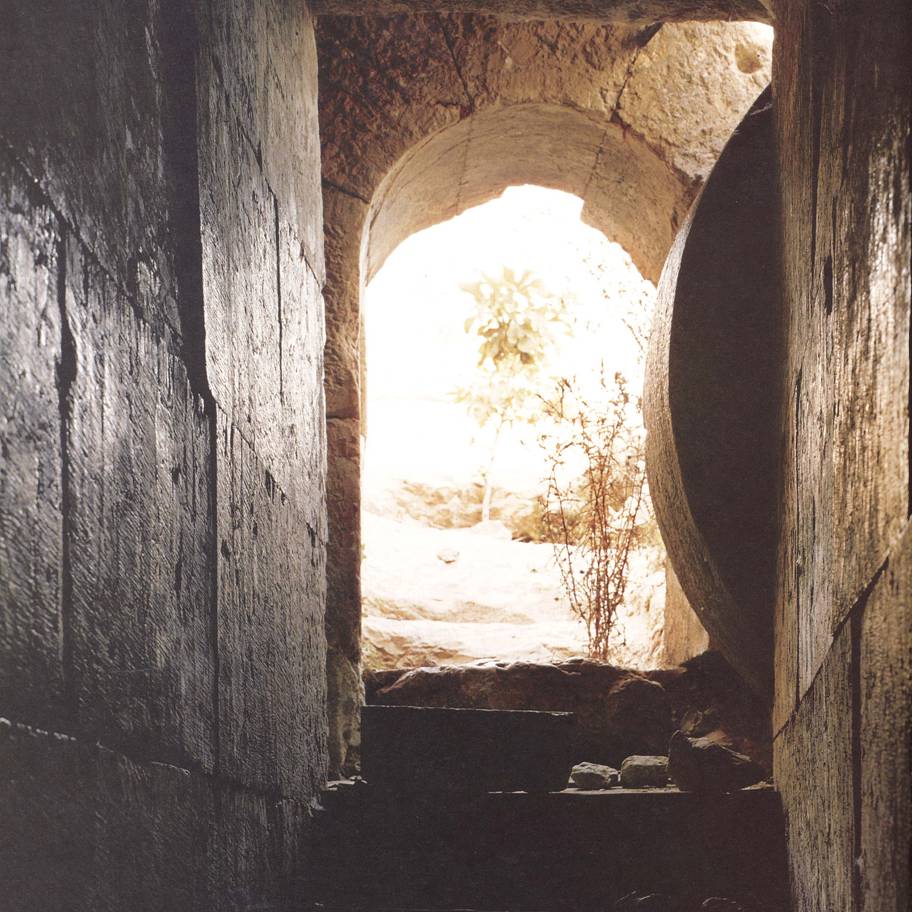
Easter Sunday
Because Easter is not a biblical term (and has pagan origins), some suggest that “Resurrection Sunday” would be a better term. The word itself only appears once in the King James Bible at Acts 12:4, where is is better translated as “Passover.” So significant was the event of that Sunday morning that Christians since have…
-

The Choir Documentary “One Voice.”
This is a bit gratuitous (let alone a tad self-promoting), but this Sunday at noon, between conference sessions, BYU-TV will be airing a documentary on the Choir, focusing particularly on our tour last summer. Entitled “One Voice: On the Road With the Tabernacle Choir” it includes behind-the-scenes and in-front-of-the-audience footage, as well as interesting interviews…
-
Saturday before Easter
D&C 138; 3 Nephi 9 and 10 Christian tradition relates the so-called “Harrowing of Hell,” wherein Jesus broke the bonds of Adam and Eve and brought them and other Old Testament saints from hell into heaven. Although LDS doctrinal statements do not include statements such as “and he descended into hell” as do the Apostolic…
-
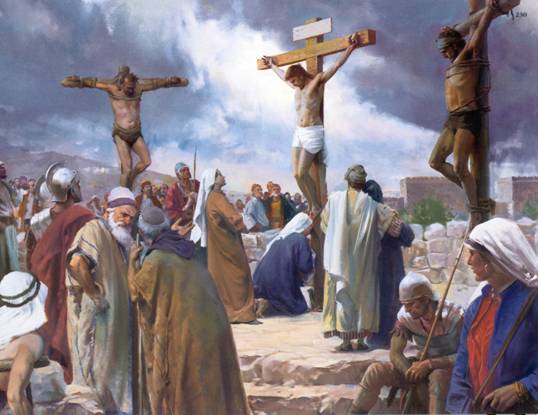
Good Friday
The day traditional associated with the crucifixion of Jesus, the Friday before Easter, is called “Good Friday” in English either because it is a “holy” Friday, or, more likely, because in English “good” is often an archaic expression for “God.” Hence “goodbye” for “go with God.” Accordingly it is “God’s Friday” because on this day…
-
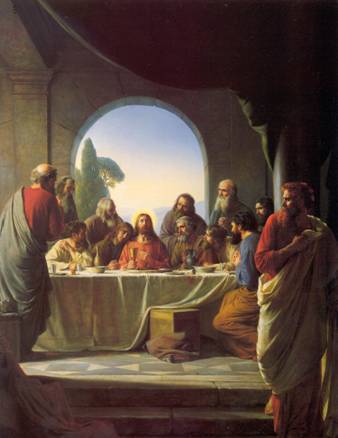
Maundy Thursday
“Maundy” is an early English form of the Latin mandatum for “commandment” and recalling “A new commandment I give you, that ye love one another; as I have loved you, that ye love one another” in John 13:34. The events of Thursday night, beginning with the Last Supper and extending through our Lord’s suffering in…
-
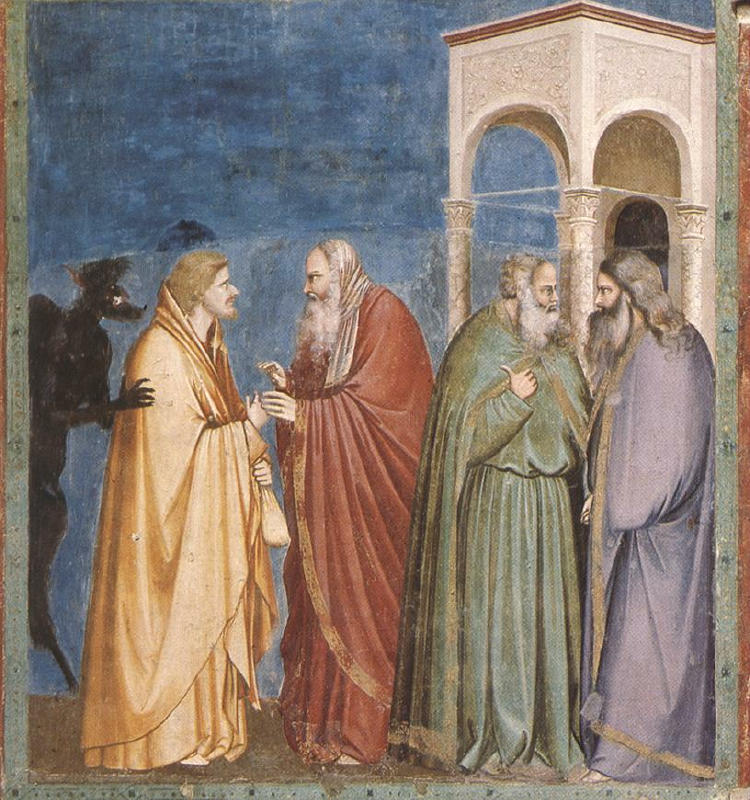
Spy Wednesday
In some traditions the Wednesday before Easter is called “Spy Wednesday” because this may have been when Judas agreed with the chief priests to betray the Savior. This act of betrayal is highlighted by its collocation with an act of love, the anointing by the unnamed woman in Bethany.
-
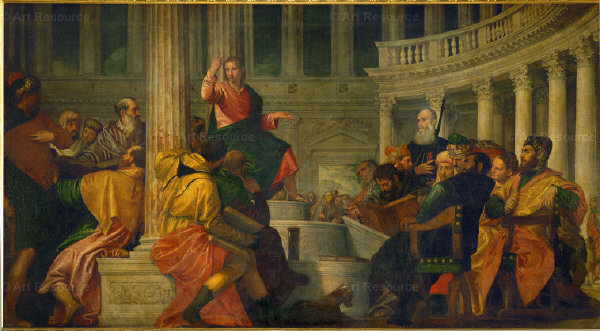
Tuesday before Easter
After drawing lessons from the withered tree, Jesus spent the morning in the temple. The second block of these teachings in Matthew, which also cover most of the material preserved in Mark and Luke, focus on attempts by the Pharisees, Herodians, and Sadducees to trap Jesus in his words (22:15–40).
-

Monday before Easter
While readers are more familiar with Jesus healing and blessing rather than “cursing,” the story of the Fig Tree is important for our day. Just as the Jews of Jesus’ time were held accountable for brining forth fruit, so, too, are our lives expected to reflect that of Jesus.
-

Palm Sunday
Palm Sunday is a good opportunity to recall one of the rare moments in Jesus’ ministry when he was recognized for the king he was. But depending upon the timing of Passover and the day that Jesus was crucified, this Sunday could also have been “fifth day before Passover” when the Paschal Lamb was selected…
-

For the Saturday before Holy Week: The Symbolism of Jesus as Anointed King and Priest
As a prologue to our journey through the Savior’s final week, considering another, implicit level of symbolism inherent in the accounts of Jesus’ anointing provides depth to Jesus’ role as “the Christ.” John’s placement of the anointing before the Triumphal Entry can be seen as portraying Jesus as the rightful king who enters Jerusalem with…
-
Holy Week Preliminaries: Chronology
For most traditional Christians, the basic chronology of Jesus’ last week is fairly clear: he entered Jerusalem on Palm Sunday; taught and prophesied for two or more days; held the Last Supper and was arrested on Thursday evening; died on Good Friday; and rose from the dead the morning of Easter Sunday. To make a…
-
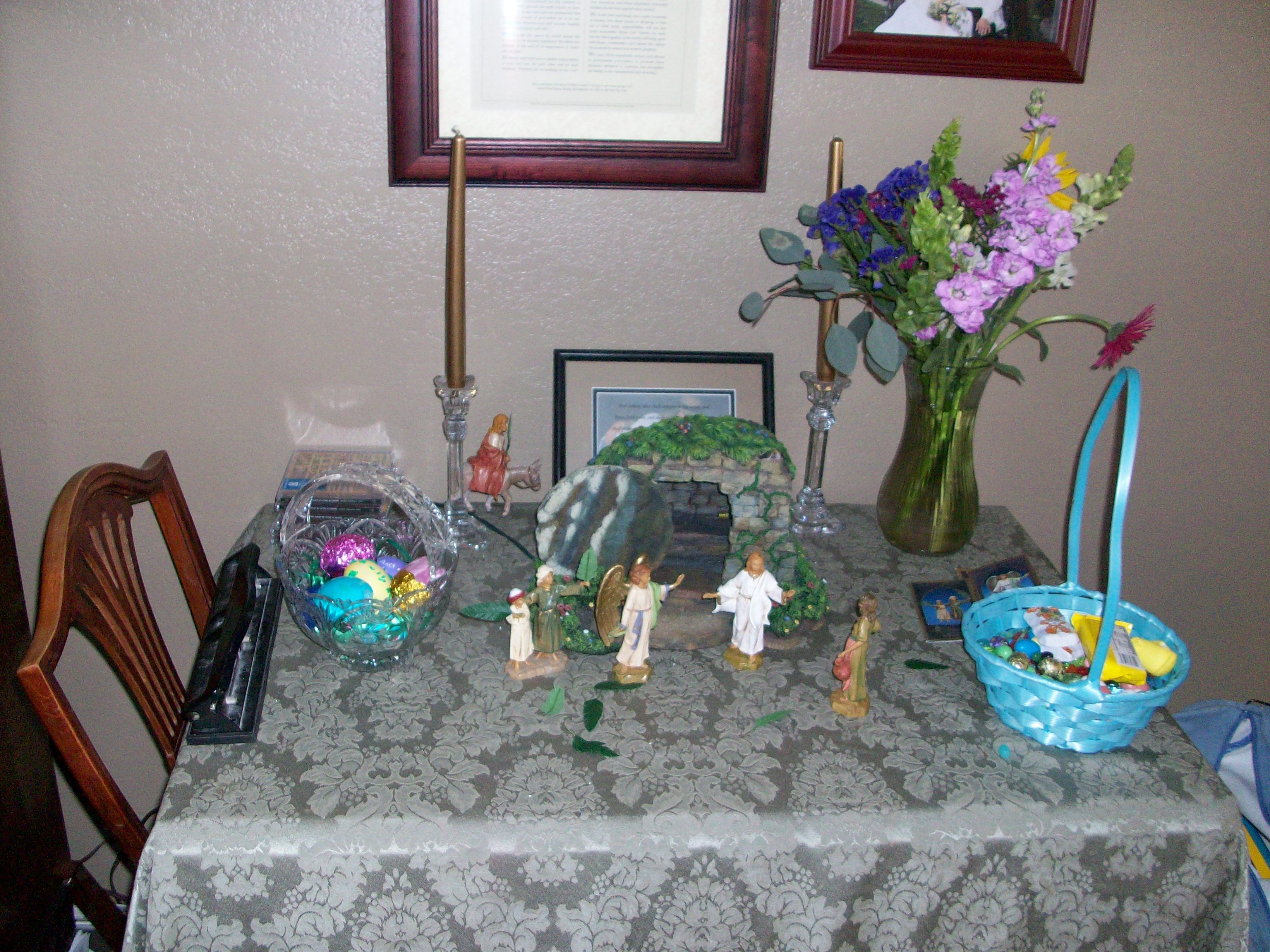
Preparing for Easter through Holy Week
In the bustle of day-to-day life, it is useful to employ holidays to refocus our attention and our thoughts and, most of all, celebrate together and with friends of other faiths the events we all value. For some years now, my family and I have benefited spiritually by using the gospel accounts of the Savior’s…
-
Lucan Infancy Narrative
[Once again, these are just notes, and they do not even begin to do the subject justice, but yesterday’s Matthew notes were able to spark some good discussion. I will response and comment as I can today, but, hey, it is Christmas Eve Day!] While Matthew’s is largely from Joseph’s perspective, Luke’s from Mary’s This…
-
The Matthean Infancy Narrative
[Christmas realities have hit, making me admit that full length blogs the last two days of Christmas week are just not feasible! So forgive me as I just post here some “notes” on Matt and later Luke, consisting of largely recycled material from my class lectures!] Matthew’s is largely from Joseph’s perspective, Luke’s from Mary’s…
-
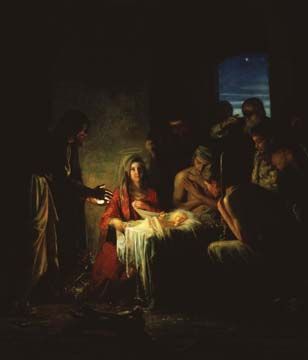
Studying the Infancy Narratives
This Christmas Eve, most of us will at least read the “Christmas Story,” as found in Luke 2:1-20. As we approach the holiday, a few more diligent souls will read all of the Infancy Narratives, as found in Matt 1-2 AND Luke 1-2. Yet even when reading (as opposed to just remembering or “thinking” about)…
-

Christmas with Autism
In April of 2008, our son Samuel was diagnosed with autism . . . But in this Christmas week, I wanted to share some specific experiences that we have had with our special needs child, first the challenges that the holiday posed and then the wonderful blessings that we have experienced together as a family.…
-
An LDS Observance of Advent
A recent spoof on Conan O’Brien that has made the rounds on the Internet highlights how little many outside the Church know about LDS practices. The hilarious skit, ostensibly in honor of a “Mormon Christmas,” points out that we really do not have many LDS-specific holiday traditions, at least not many that anyone can readily…
-
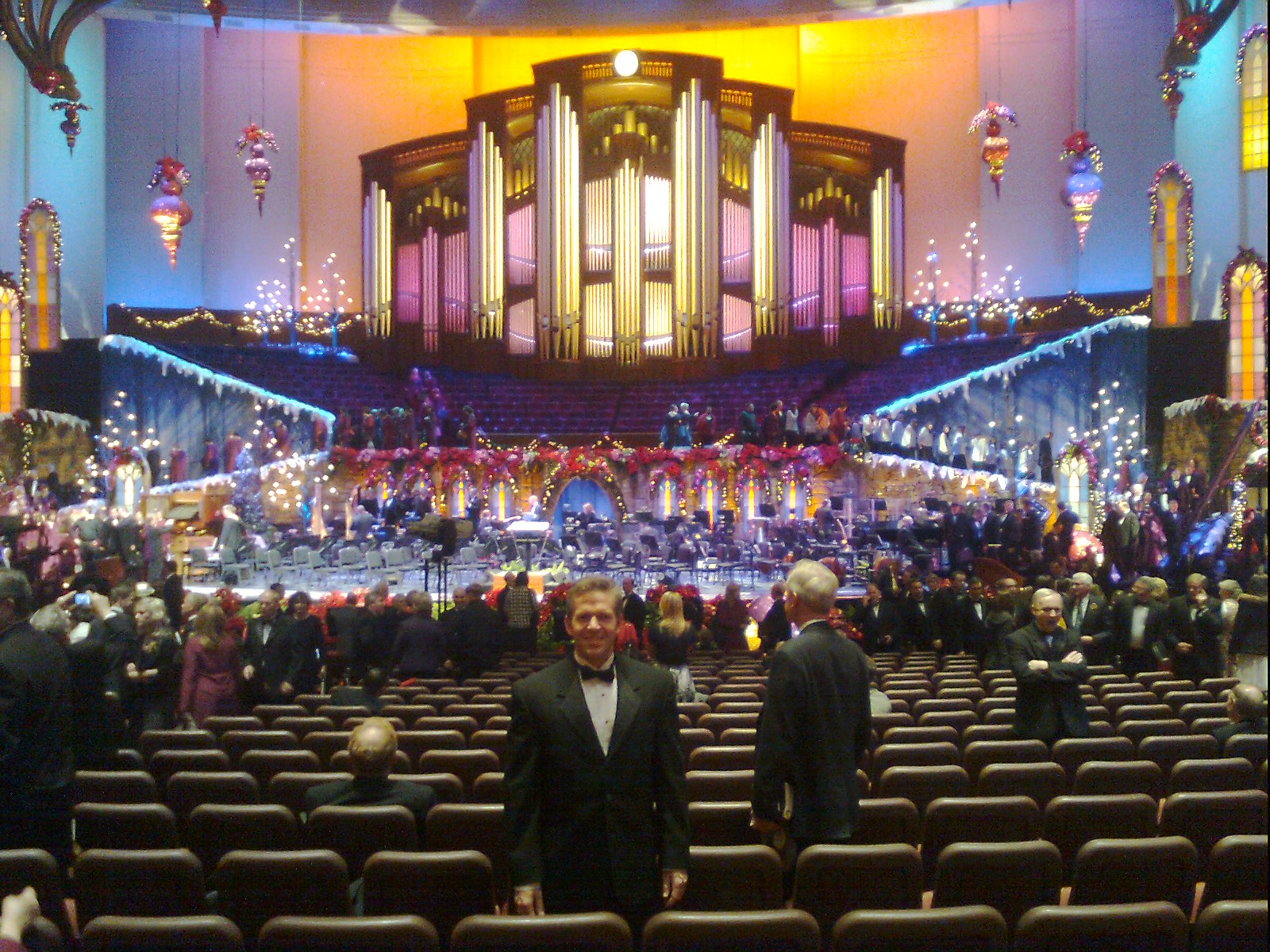
Tabernacle Choir Christmas Concert
[Choir policy keeps members from posting or blogging about the Choir before and even during events. Here I am sharing only some very general information about the concert after it is over. Although I will respond to comments, I do not intend to speculate on policies, how guests are chosen, etc.] Perhaps the most important…
-
Truant Blogger Here at Last
First, apologies for keeping you all waiting. The Choir’s Christmas concerts were last week, which was also the last week of BYU’s fall semester. This week I am in the midst of finals. And in the few moments I squeeze out, there are family Christmas preparations to make! I am a complete neophyte to the…
